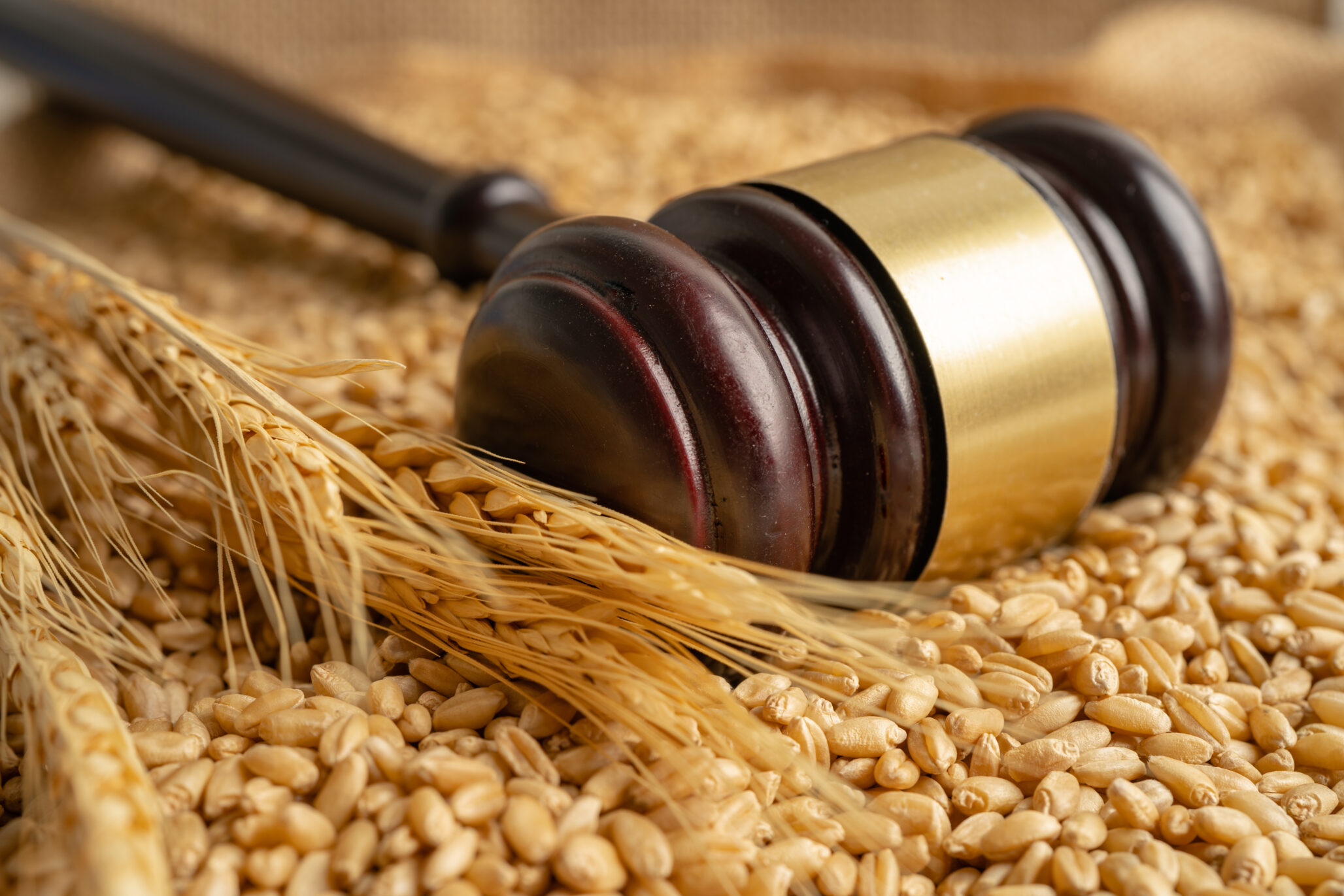How it started (again)
The Commission published its new proposal for an overhaul of the EU’s variety authorisation and seed marketing legislation in June 2023. Main focus, next to improving clarity and avoiding ambiguity, was to (re-)establish a true common seed market with uniform rules and quality assurances, while maintaining the crop-specific technical elements of the species-related standards. To achieve that, the Commission essentially confirmed the usefulness and applicability of the well-known pillars of Europe’s seed legislation: proper identification through DUS testing and protocols that are used for both variety registration and variety protection; variety trials to establish the performance of new agricultural seed products as to their value for cultivation and use; seed quality certification and quality standards, depending on species, that guarantee a high level of quality to farmers and growers. All this was much in line with the views expressed by both the seed industry and farmers during the consultations and consequently welcomed by Euroseeds as well as COPA-COGECA.
But there were also a number of very new elements that the Commission put forward: It was proposed to extend the established VCU system not only to all species, i.e. also to vegetables, fruit crops and wine, but also to re-calibrate it to better address (and reward) sustainability-related improvements in the variety evaluation system. The Commission also proposed a number of significant derogations from the harmonised rules for specific materials (like e.g. conservation varieties or heterogeneous material), markets (PRM destined for non-professional users such as amateur gardeners) and for specific groups of users such as farmers exchanging seed “in kind”. All these were supposed to address an alleged shortage of policy instruments that support a sustainable use and further development of “alternative” genetic resources, to the benefit of (agro-)biodiversity. To keep these derogations in balance with the overall objective of a high-quality seed market, the COM proposed to increase information and reporting obligations and to bring all PRM under the supervision of official controls at EU level. These elements received a much more critical reception by the seed industry. Vegetable breeders criticised the potential costs for the building up of a VSCU system that they considered to have little relevance for users. Suppliers of garden centres and the amateur market disputed that their customers were looking for less quality assurance, grass seed companies pointed to the impossibility of applying the rules for heterogeneous material to their species, and many others, quite generally, considered the wide variety and range of derogations to go way too far to maintain a fair market for all suppliers.
All this criticism was taken up in the internal discussions in Euroseeds as well as on national level and led to numerous concrete proposals to improve the Commission’s proposal during the debate in the European Parliament and with Member States. Despite the fact that this needed to be developed over a very short period of time in view of the end of the EP’s term in April, many of the well-founded concerns and concrete proposals to address and mitigate them made it into concrete amendments that were proposed by different MEPs.
Where it Starts to Go Wrong (Again)
But next to these proposals for improvements, there were hundreds and hundreds of amendments that went into very different directions. And for very different reasons. These ranged from even broader derogations up to complete exemptions from scope and official oversight, e.g. for exchange of material between farmers, including for monetary compensation; deletion of any information and reporting obligations and from the EU’s own official control Regulation; a VSCU system that was either to be scrapped completely as a means to make a facilitated registration of varieties resulting from NGTs practically impossible; and the introduction of a practical subsidy to be paid by breeding companies for the free listing of “alternative” PRM. All these ideas and concepts addressed very specific (and both highly active and well-connected) interest groups, but they generally ignored the clearly expressed needs and wishes of those supplying and using more than 95% of the seed going into European soil.
Voting for the Wrong Change
Both the leading Committee for Agriculture and now the European Parliament’s plenary adopted many of these changes to the Commission’s proposal by comfortable majority. There is the genuine belief that “freeing Europe’s seeds” from all those outdated and onerous rules and regulations will benefit farmers, consumers and biodiversity. And that the many “Davids” now have better and more effective weapons at their disposal to face the few “Goliaths”. The contrary is true.
Europe has become a world leader in plant breeding and seed products based on a legal framework that assured the identity, performance, quality and health of any seed product for any user. Whether small or large, whether professional farmer or amateur gardener, all users of seed enjoyed the same level of confidence in the accuracy of information and material supplied. The current legislation has been the successful enabler of a thriving seed sector and guardian of farmers’’ access to the best possible seed across species, markets and final uses. The European Parliament’s approach puts much of this success story at unnecessary risk by eliminating the necessary tools to balance appropriate differentiation of specific requirements with principal rules and assurances for all. Correcting this mismatch will be the most important objective for breeders and farmers in the further discussions with Parliament and Member States in the months to come. We have a mountain to climb.













